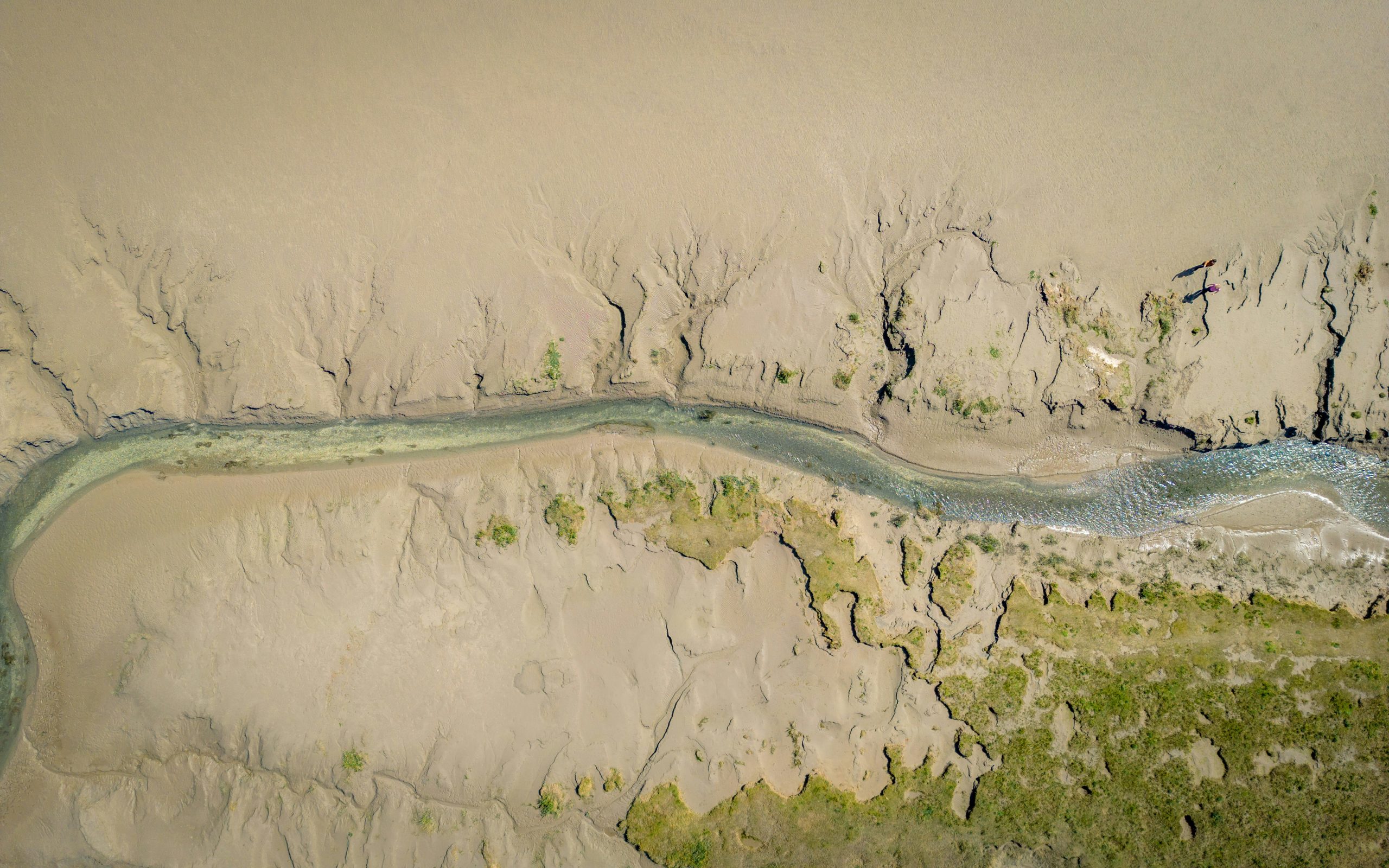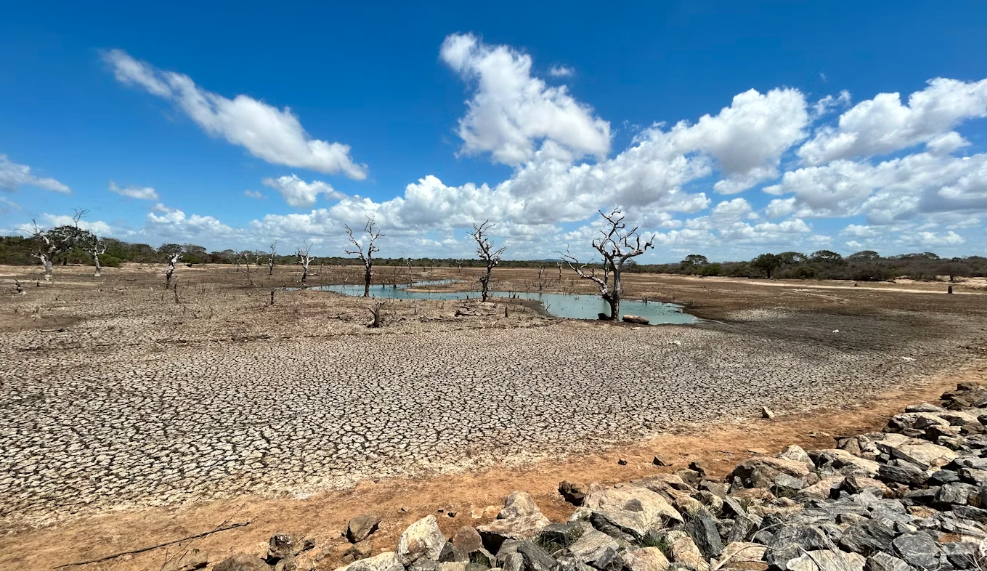Artificial Intelligence (AI) is rapidly transforming many sectors, and climate science is no exception. From improving short-term weather forecasts to enabling long-range climate projections, AI is opening new pathways for understanding and responding to climate extremes. Yet, alongside this potential comes a critical need for caution, transparency, and collaboration.
A newly published Policy Brief, developed through the XAIDA and CLINT Horizon 2020 projects, outlines both the promise and the challenges of integrating AI into climate science and services. These projects, which bring together European research institutions and climate-risk practitioners, have been at the forefront of applying AI to detect, attribute, and forecast extreme weather events.
The Promise: Precision, Speed, and Novel Insights
Recent advancements have led to the development of AI-based “foundation models” trained on large-scale climate data. These deep learning systems have demonstrated superior performance compared to traditional numerical weather prediction models for certain variables and timeframes. Their ability to identify complex, non-linear patterns makes them particularly powerful tools for forecasting extremes — such as floods, heatwaves, and droughts — with greater accuracy and lead time.
Moreover, AI enables impact-based forecasting, where climate predictions are directly linked to sector-specific consequences. This approach allows for tailored information that can assist decision-making in critical sectors like agriculture, water management, energy, and public health. AI also holds the potential to democratize access to climate services by reducing computational costs and enabling localized forecasting tools.
The Challenge: Scientific Integrity and Trustworthiness
Despite these advances, the rapid deployment of AI in climate applications raises important concerns. Many deep learning models operate without physical constraints, making them difficult to interpret and challenging to validate, especially in a changing climate. Their reliance on historical data can limit their applicability to future scenarios, potentially undermining their value in climate change attribution and projection.
The Policy Brief also notes a growing trend of AI-driven climate tools entering the market without sufficient scientific validation. This proliferation of unverified applications risks eroding trust in climate science and could lead to misguided decisions or resource misallocations. The concern is not merely technical but also ethical: tools that inform high-stakes climate decisions must meet the highest standards of robustness, transparency, and interpretability.
A Way Forward: Hybrid Models and Collaborative Governance
To address these challenges, the brief outlines a set of strategic recommendations. It calls for the development of hybrid models that integrate AI with physically based climate modeling, enhancing both performance and reliability. The promotion of explainable AI (XAI) and the incorporation of causal reasoning into deep learning architectures are also identified as priorities to improve the transparency of AI-driven outputs.
Additionally, the brief urges stronger collaboration between climate scientists, AI experts, policymakers, and startups, ensuring that AI innovations are grounded in scientific evidence and aligned with policy goals such as the European Green Deal and the Digital Services Act. It advocates for open data practices, standardized methodologies, and rigorous validation frameworks to ensure long-term credibility.
Toward Responsible AI for Climate Resilience
AI presents a profound opportunity to enhance our understanding and response to climate risks. However, realizing this potential requires a deliberate and interdisciplinary approach that balances innovation with responsibility. The recommendations outlined by the XAIDA and CLINT projects provide a clear roadmap for the sustainable and trustworthy use of AI in climate science.
As climate extremes become more frequent and severe, the need for reliable, actionable, and accessible information has never been greater. By embracing the principles of openness, scientific rigour, and collaboration, we can ensure that AI becomes a trusted ally in the global response to climate change.
📄 Read the full Policy Brief




